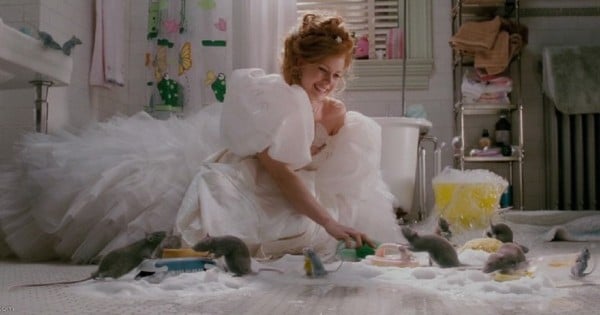
One of the germiest things in your home is most likely your toothbrush.
And toilets around the world breathe a sigh of relief.
In fact the most surprising places in your home are actually the filthiest.
We have been cleaning the wrong things! Germs are everywhere but especially in those tricky places that don’t look dirty or that you assume are self-cleaning.
1. Pillows and bedsheets
Dustmites thrive in pillows and bedsheets, feeding off our dead skin cells flaked all over the place. They’re tricky tricksters aren’t they, pillows and bedsheets? Huffington Post explains that bedding is a “perfect breeding ground” for nasties like bacteria and fungus. Bedding should be laundered at above 60 degrees monthly and pillows replaced every six months. Hang bedding and pillows in the hot sun to destroy any lingering germs.






























































































